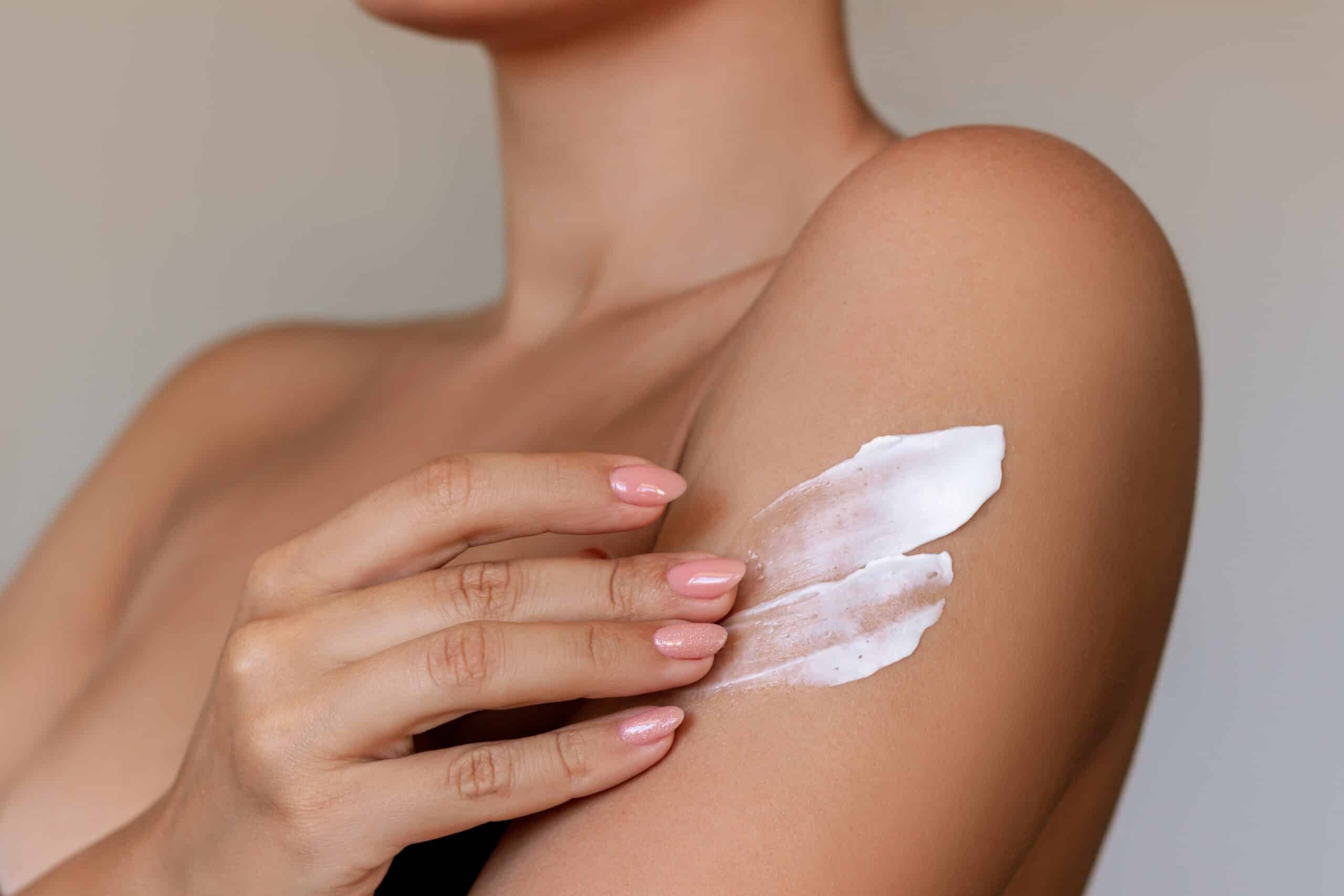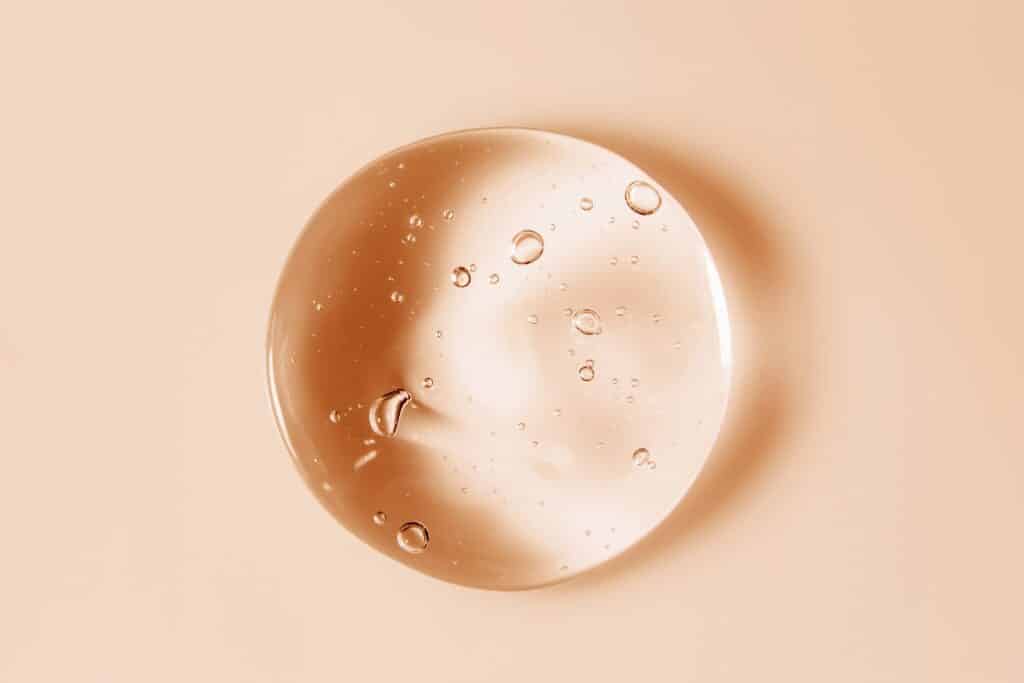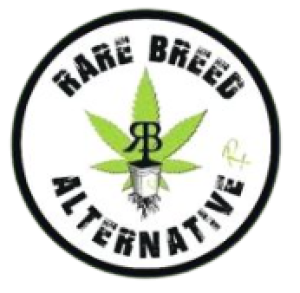
As more studies reveal the potential therapeutic uses for hallucinogenic drugs, researchers and manufactures are looking for new ways to deliver these powerful substances. The new method of interest – topical psychedelics. Which hallucinogens can be applied directly to the skin? And what are the benefits of using them this way?
Topical drug delivery
Topical delivery of drugs means they are being applied directly to the skin. Topical drug delivery is the least invasive way to utilize a substance, and considering that it’s the largest and most superficial organ, it makes sense that this is often the first line of defense, so to speak, when treating various conditions. Since ancient times, people have been using herbs in this way, and rub them to different parts of the body to treat pain, inflammation, and other ailments.
Topical drug delivery can be applied quite broadly these days, from pain management to smoking cessation, and even for beauty and wellness purposes. You can find an array of topical products including creams, gels, ointments, lotions, patches, powders, oils, and so much more. And all of these products come in a wide range of strengths/doses, making there very adaptable to individual needs.
Naturally, there are both benefits and disadvantages to using topical products. One of the primary benefits is that this method of delivery avoids first pass metabolism, which can increase its bioavailability. Topicals are also non-invasive and convenient to apply, and they can be quickly removed from the skin if irritation occurs. However, there are some disadvantages too. For example, most topical drugs are less potent than other drug delivery methods. Their effectiveness is also very much dependent on the condition of a person’s skin. Temperature, pH value, pore size, and dryness of the skin may need to be taken into consideration.
When it comes to the topical application of hallucinogenic drugs, this method can offer several potential benefits over systemic delivery options. First and foremost, topical delivery reduces the risk of experiencing some common side effects associated with psychedelic use, such as nausea which often happens when people use psilocybin mushrooms. It’s also much safer and more practical that other delivery systems. For example, topical ketamine can be used at home and it’s much more affordable than intravenous (IV) administration, which is both expensive and prohibitive as it should be administered under strict medical supervision.
Psilocybin transdermal patches
Psilocybin mushrooms are growing in popularity for therapeutic, recreational, and spiritual purposes. While some people brew teas out of the mushrooms or make capsules and other consumable products, for the most part, they are dried and eaten as is. Even though they are one of the safest drugs that exists, they can come for unwanted side effects, primarily gastrointestinal issues.
To address these adverse reactions, one Hawaii-based company is in the process of developing a transdermal patch to deliver psilocin, which the compound that our body converts psilocybin into upon digestion, via the skin instead. Ei.Ventures is partnering with Tioga Research to create this innovative new product.
John M. Newsam, the CEO of Tioga Research, said in a press release they plan to “deploy our proprietary technologies and deep expertise to address key psilocin formulation issues, such as delivery and stability. A transdermal delivery route can circumvent issues with oral administration, such as nausea.”
“One of the unique challenges with psychedelics is managing the peak experience, where people may experience some adverse effects,” commented Ei.Ventures project development specialist Tyler Strause. “By utilizing transdermal technology, our hope is that we’re going to be able to essentially flatten the curve, make the acute peek a little bit less acute and also allow for a more extended duration of the sort of threshold effects.”
Ketamine gels and creams

Clinical trials are currently underway to determine whether topical products like gels and creams containing ketamine can help manage symptoms of post-traumatic stress disorder (PTSD), and potentially other mental health conditions as well. Psycheceutical Biosciences recently filed a patent for NeuroDirect, the topical ketamine delivery system they are testing.
During the trial, which currently completed phase I of safety evaluations, 24 volunteers received a single topical dose of ketamine so researchers could get a better idea of tolerability and pharmacokinetics of the drug when absorbed through the skin. Their key findings were that the doses were safe and well-tolerated, and phase II clinical trials are already planned for early 2024.
“We are excited about the overall success of our first cohort from our phase I clinical trial,” said Chad Harman, CEO of Psycheceutical, in a press release. “The favorable safety profile for our [topical ketamine] represents an exciting milestone in our goal of bringing to market a novel method for treating mental health and neurodegenerative diseases. We look forward to expanding our drug pipeline with other psychedelic compounds using this novel delivery method in the near future.”
LSD temporary tattoos?
Okay so this one is a rumor. But it’s worth addressing the way false information circulates these days. The story is that shady drug dealers are trying to get kids hooked on acid by passing out fake, “rub-on tattoos” that are laced with LSD.
But, as we know with all the crazy stories of laced Halloween candy, this is just simply not a thing that drug dealers do. Number one, dealers are in this to make money, and they’re not going to waste funds by passing out free drugs (not to mention, elementary school kids don’t really have a large budget for drug spending, so they’re not the target market). Number two, LSD is not physically addictive, and anyone who were to hypothetically go on an unplanned acid trip probably wouldn’t have the urge to try it again very soon anyway.
That being said, this bit of scarelore has been making the rounds since back in the late 1970s, despite how little sense it makes. Interestingly but somewhat unsurprisingly, it’s one of many fun and wildly illogical drug myths to originate in the 70s.
Final thoughts
Although research is still in the early stages, the idea of topical psychedelics does make sense. I certainly wouldn’t be opposed to trying a ketamine cream or psilocybin gel to see what the effects are. Just like we have seen in the cannabis industry, manufacturers of hallucinogenic products are looking for new ways to help consumers get these drugs into their bodies.
Hello readers. We’re happy to have you with us at Cannadelics.com; a news source here to bring you the best in independent reporting for the growing cannabis and hallucinogen fields. Join us frequently to stay on top of everything, and subscribe to our Cannadelics Weekly Newsletter, for updates straight to your email. Check out some awesome promos for cannabis buds, smoking devices and equipment like vapes, edibles, cannabinoid compounds, amanita mushroom products, and a whole bunch more. Let’s all get stoned together!






